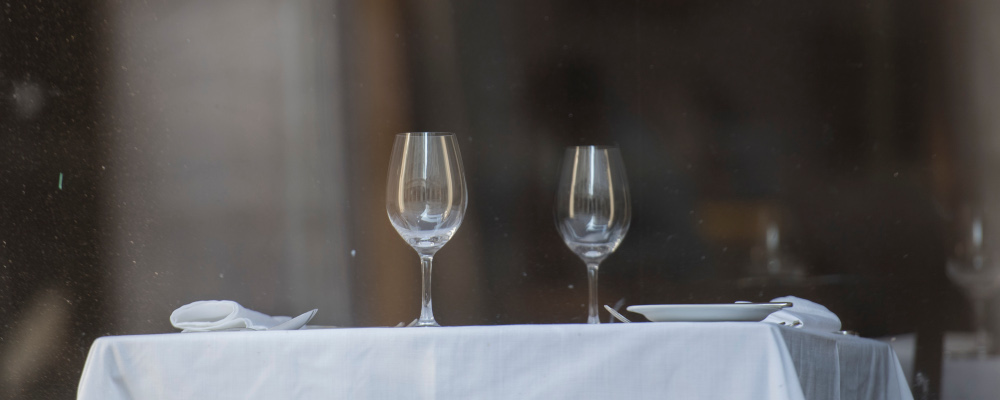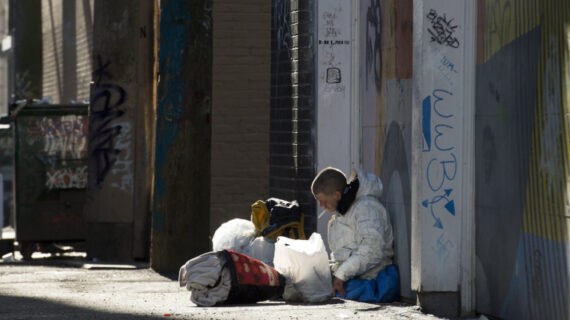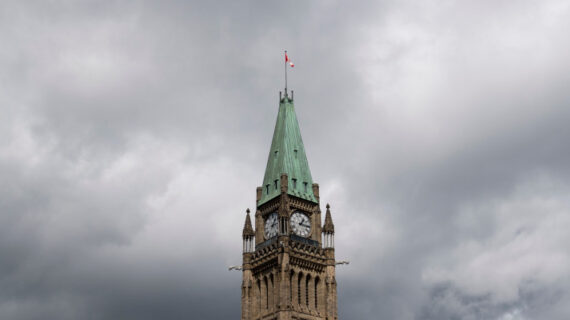Wine export numbers are coming in from 2023 and, unsurprisingly, they are down all around. They also down more in sales revenue than in volume, so it seems like people are both drinking less wine and less expensive wine. The numbers I looked at this week were from France, Italy, and Australia, but seem to be part of a global trend,1For instance, Italian wine exports were down 7 percent and French exports were down more than 9 percent. since there are five countries that more or less dominate imports: the U.S., U.K., Germany, Canada, and Japan.2If Northern Europe was a country it would rank second, but Germany can serve as a proxy.
Big producers are accordingly pivoting, offering less for grapes grown by contractors, and limiting the number of growers they’ll buy from. This is double bad news for small producers who, facing a shrinking market and diminishing returns of what’s left of it, are increasingly unable to cut their losses by reverting to selling to the big guys. All the boats are going down with the tide, but at least the bigger boats, and recession-proof luxury yachts, can sail out to deeper waters.
Many smaller, independent producers depend on the precise segment of the market that is shrinking as consumers tighten their belts. Making wine is expensive. Even if you don’t have to buy land, a winery is capital-, energy-, and labour-intensive. Not only has the cost of everything gone up (even bottles), but so has the cost of borrowing. When money was cheap it would have made sense to borrow it against global growing sales of $30 bottles of wine. Now that all those metrics are going the other way, things must seem grim.

Wine cooperatives in Europe came out of the bad economic times of the 1930s. While the trend of the last 50 years has been for grower families to make their own wine, perhaps some will rejoin or recreate a cooperative model to keep grape prices high and take advantage of economies of scale. The Niagara Custom Crush Pad I wrote about a few weeks ago, and commercial winemaking services like it, is another innovative model that might keep up the supply of small production wines.
I met two young gentlemen last week who seem to be bucking the trends and growing the pie (or at least their slice of it) by being flexible and innovative. The first is a Canadian, William Quinteros, who runs a wine importing agency he conceived of during the lockdowns of COVID: Bottles & Barrels. The second is an Italian, Niccolò Chioccioli Altadonna, who makes wine in small batches in Tuscany at his family’s eponymous estate, Chioccoli Altadonna.
I met them on top of a boxing gym in the West End of Toronto called 13th Round, with which William and his family have a connection: his father Marvin “The Machine” Quinteros (two-time Ontario Boxing Champion, Golden Gloves Champion, and Ontario Winter Games Champion) is head trainer. That gym is open for paying adults to train in, but its big mission is community outreach.
13th Round For Life is a charity that offers free boxing lessons and leadership programs to young people from Toronto’s underserved communities. Its most famous benefactor is boxing enthusiast Bruce Croxon, who is best known for his successful careers in business (LavaLife), broadcasting (Dragon’s Den), and finance (Round13 Capital). When William Quinteros pitched Bruce Croxon on a wine agency that would set aside 2 percent of gross sales for the 13th Round For Life charity while serving the high-income earners who paid to come and workout and train at the gym, the dragon spotted a winner.
The offices over the gym serve as Bottles & Barrels office and tasting room, and I ended up there with Quinteros, Chioccioli Altadonna, and about two dozen of the agency’s regular customers on the recommendation of a mutual friend. Or, I should say, the recommendation to an invitation because what was happening that Friday evening was less a tasting than a party.
Bottles & Barrels is in many respects like most other agencies, placing products into the Liquor Control Board of Ontario stores, selling to the restaurant trade, and selling directly to consumers through their website and email offers. But the party featuring the Chioccioli products is their unique selling product. Lots of agencies have wine clubs, but they’re largely anonymous affairs, organized on a hub and spoke model.
The Bottle & Barrel tasting, held in the same building as the charity it supports, and where the first customers came to workout in, was more like a community event or a party of old friends. This was a community model; the guests were friends or friends of friends (like me). We weren’t there to simply listen to Niccolò Chioccioli Altadonna talk about his wines or write notes down as we tasted them in silence. It was chatty, and we were expected to circulate and talk about what we liked or didn’t or preferred over others. It was very clear that everyone wanted to be there irrespective of whatever commerce might or might not ensue.

If William Quinteros has figured out an interesting way to sell wine, then Niccolò Chioccioli Altadonna and his family have found a complementary way to use their Tuscan winery in the heart of the Chianti Classico region. Niccolò and his brother and sister Enrico and Ginevra are the offspring of Stefano Chioccioli, one of Italy’s foremost and highest-scoring wine consultants. Perhaps the winery acts as something of a laboratory since they are doing some interesting things there.
We tasted an orange wine whose fruit was delicate despite the gentle tannin structure they hung on, a silky Sangiovese made in clay amphora, a Chianti Classico with a touch of (frowned upon) peppery Syrah in the blend, as well as Super Tuscan Bordeaux blends from decades-old vines. They were all lovely. I took no notes (I couldn’t), and I didn’t spit.3Details of the wines can be found at the Bottles and Barrels website.
Then things got weird. Well not really—it’s just that we moved from the cellar to what Niccolò’s brother Enrico calls the “Winestillery,” where he makes vodka, gin, and vermouth. Enrico lives by a “grapes to glass manifesto,” meaning everything is made from Tuscan grapes and botanicals. The spirits were smooth and dangerous, but the red vermouth might have been more perilous, especially when mixed into a negroni made with their gin. Round 13, indeed.




